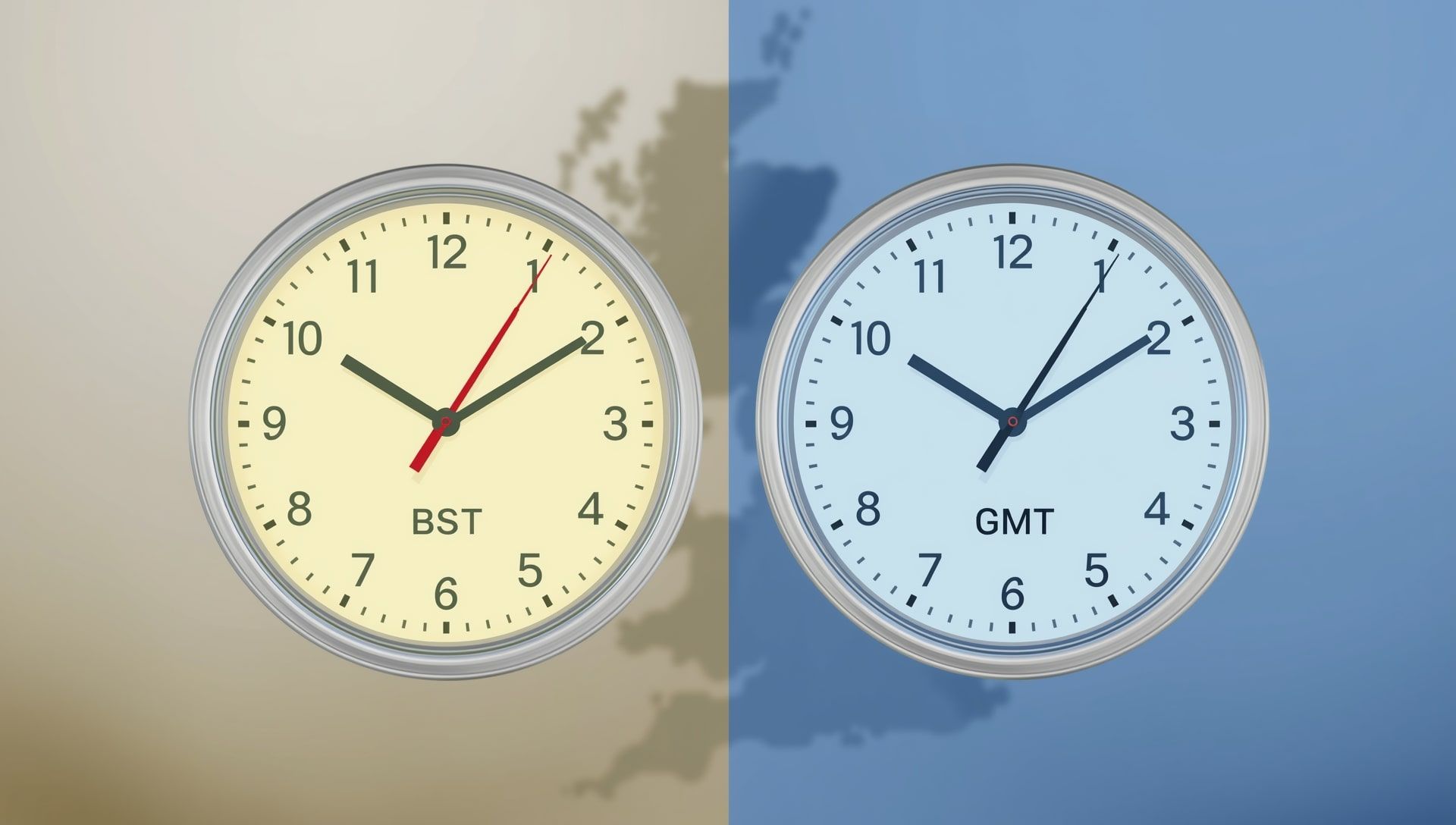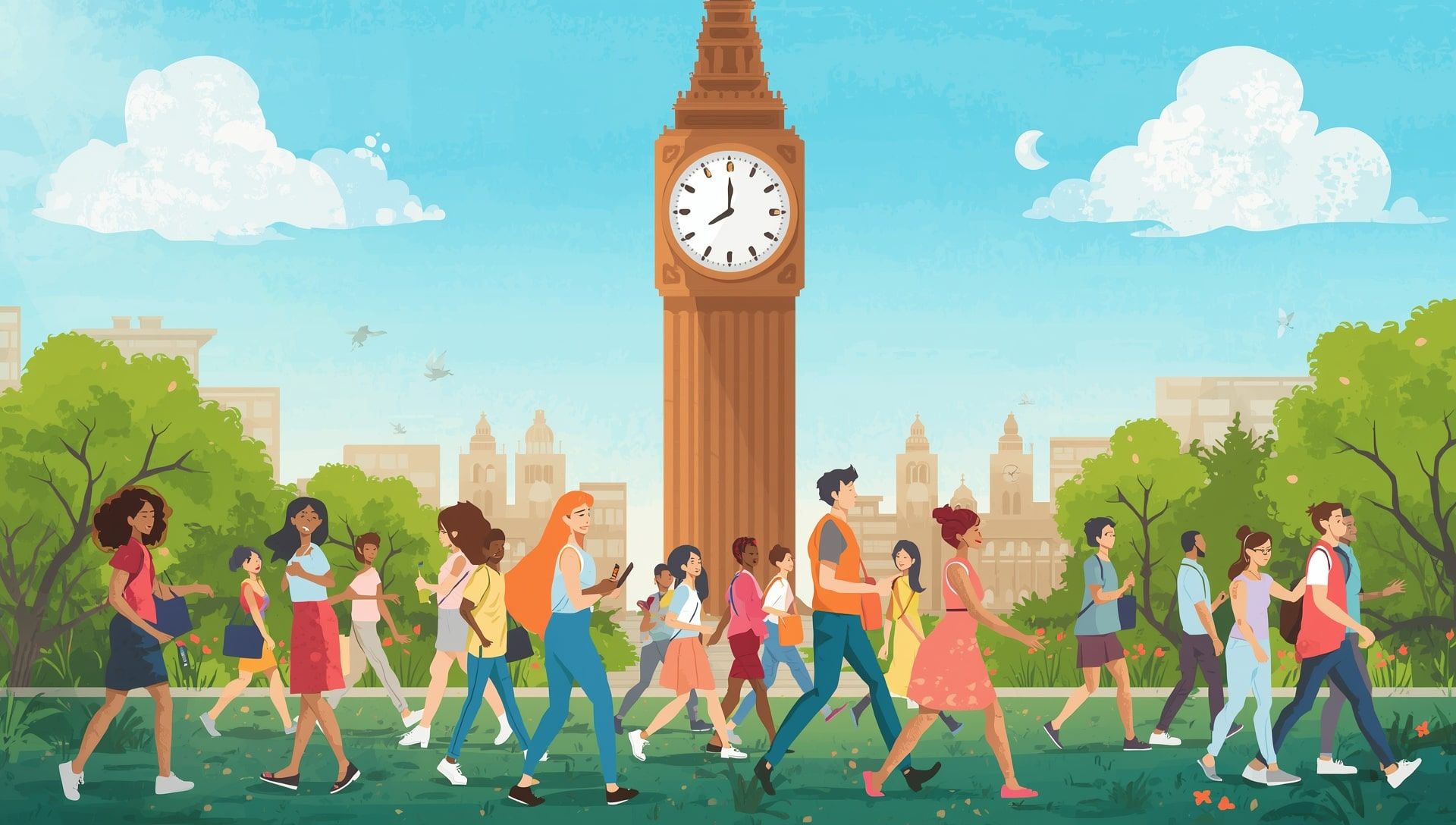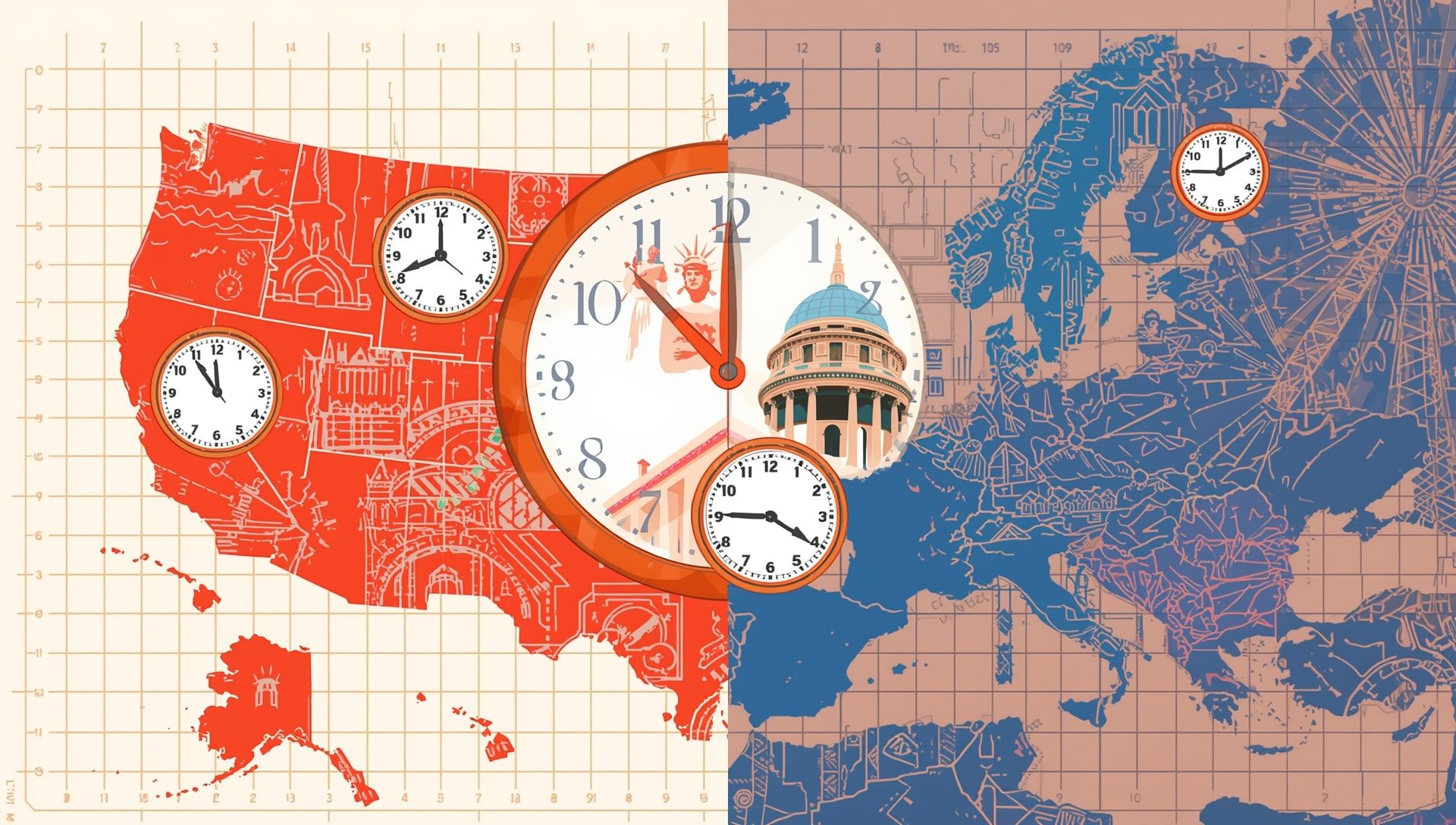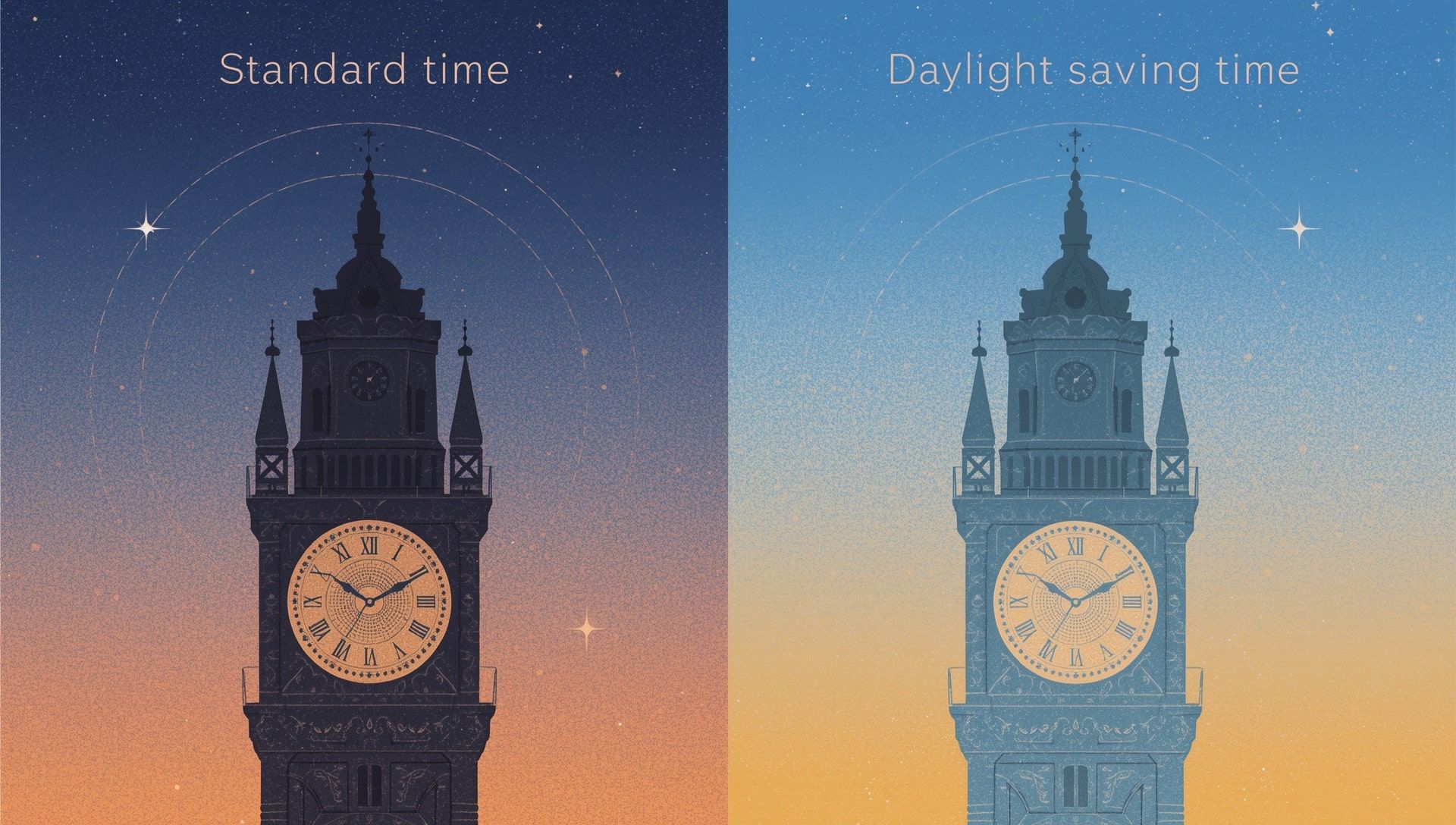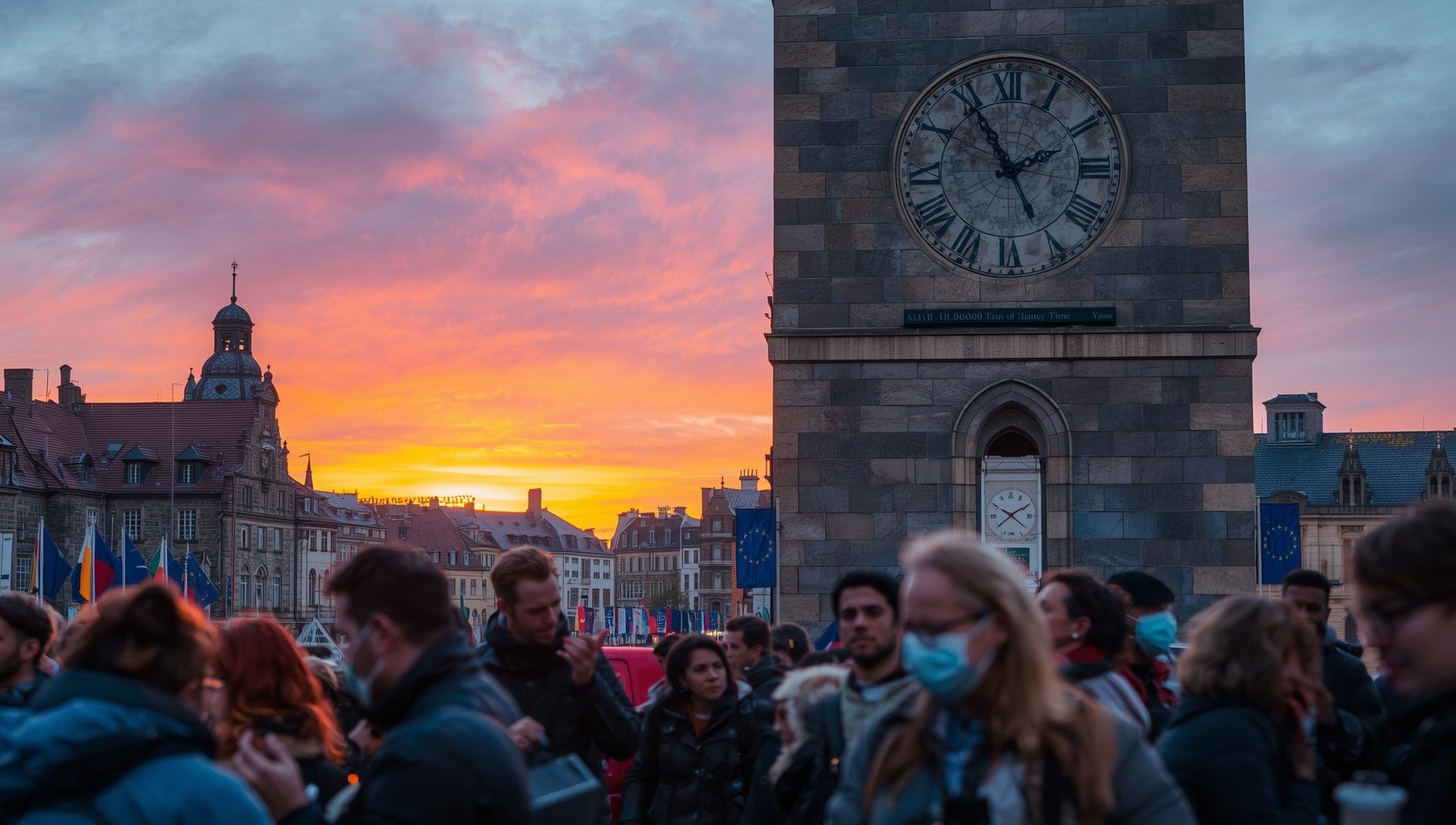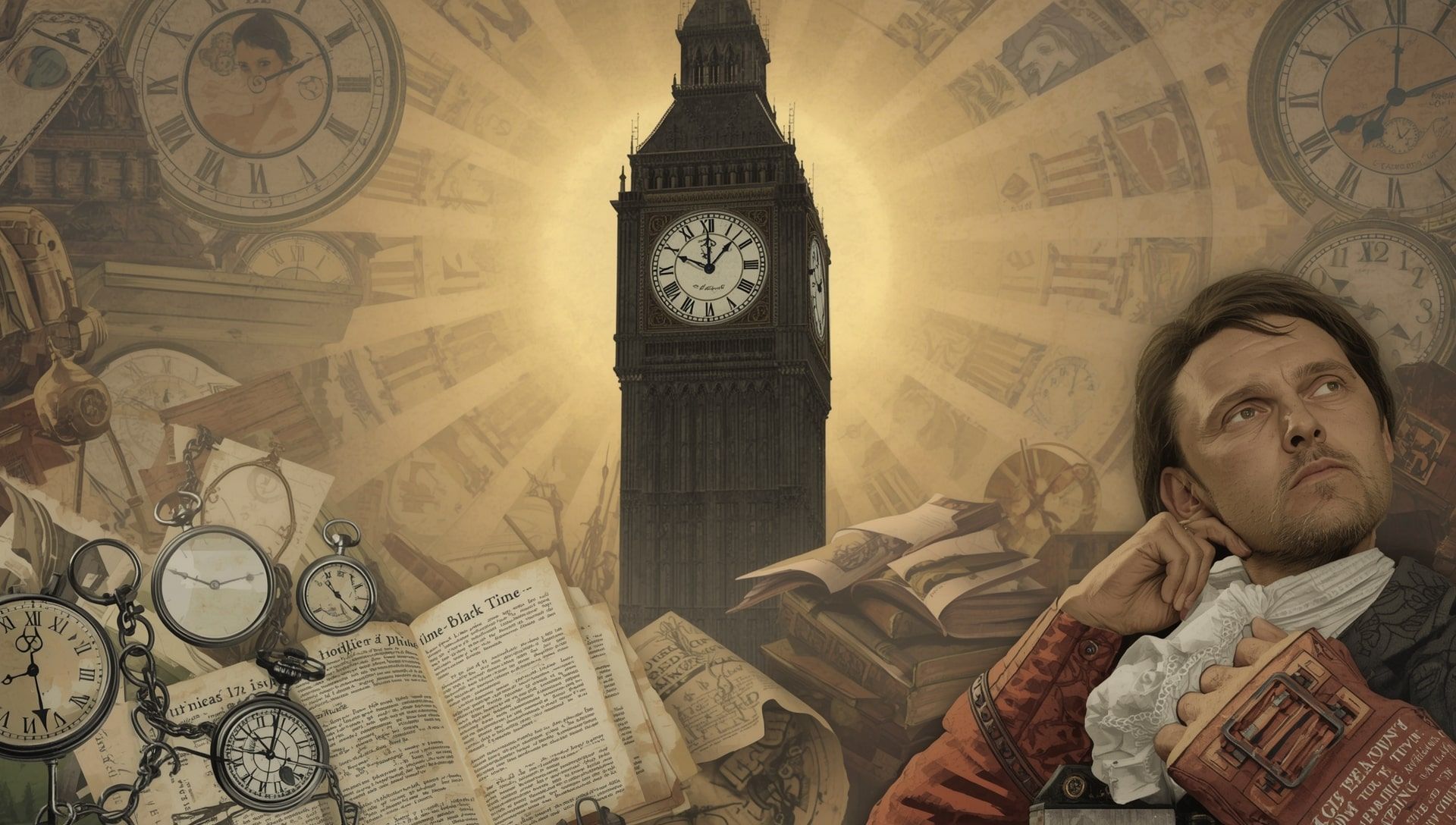The United Kingdom adjusts its clocks by one hour every year, switching between Greenwich Mean Time (GMT) and British Summer Time (BST). The change affects everything from travel schedules to television broadcasts. Yet many people still wonder what these terms actually mean and why the UK makes this shift in the first place. This article breaks down the difference between BST and GMT, how it works, and why it continues to be used today, similar to how daylight saving time functions in other regions.
The Origins of GMT and BST
Greenwich Mean Time dates back to the 19th century. It was established at the Royal Observatory in Greenwich, London, and became the basis for global time zones and international timekeeping. For many years, GMT defined time across the entire British Empire and served as the world’s zero-degree longitude reference point, the famous Prime Meridian.
British Summer Time, on the other hand, began much later. It was introduced in 1916 during World War I as a way to conserve fuel and make better use of daylight. The idea was simple: move clocks forward by one hour in the summer months to allow people to enjoy longer evenings while reducing reliance on artificial lighting, a move similar to early daylight saving proposals in Europe and the United States.
How the System Works
In the UK, the clock change follows a consistent schedule each year, much like the upcoming DST clock changes observed globally:
| Year | BST Starts (Clocks Forward) | BST Ends (Clocks Back) |
|---|---|---|
| 2025 | Sunday, 30 March at 1:00 AM GMT | Sunday, 26 October at 2:00 AM BST |
| 2026 | Sunday, 29 March at 1:00 AM GMT | Sunday, 25 October at 2:00 AM BST |
| 2027 | Sunday, 28 March at 1:00 AM GMT | Sunday, 31 October at 2:00 AM BST |
When BST begins in March, the clocks are moved forward by one hour. When it ends in October, they are moved back to GMT. This ensures that the UK spends part of the year one hour ahead of its standard time, aligning with various world clocks used for international coordination.
What Is GMT?
Greenwich Mean Time represents the mean solar time at the Royal Observatory in Greenwich. Historically, it was used by sailors and astronomers as a reference for navigation and global coordination. In modern terms, GMT corresponds to Coordinated Universal Time (UTC+0) and is the foundation of the IANA time zone database used by computers and servers.
- Used during winter months (late October to late March).
- Serves as the reference for all UK legal and civil activities during standard time.
- Matches time zones such as Western Europe in winter and Ireland’s winter time schedule.
What Is BST?
British Summer Time is simply one hour ahead of GMT (UTC+1). It is designed to extend daylight into the evening during warmer months. By doing this, people enjoy more light after work or school, and the country benefits from increased evening economic activity, similar to effects seen in energy conservation studies on DST.
- Used during summer months (late March to late October).
- One hour ahead of GMT (UTC+1).
- Adopted in 1916 and still used today.
Why the UK Changes Time
The main purpose of BST is to make better use of natural daylight. By moving clocks forward in spring, evenings stay lighter for longer. This change was originally seen as a way to save energy and promote outdoor activity, a concept mirrored in standard time vs. DST debates across the world.
Today, the reasons are more social and economic than practical. Longer daylight hours in the evening support tourism, retail, and leisure industries. They also reduce road accidents, as fewer people drive home in the dark.
BST vs. GMT: The Core Differences
| Aspect | GMT | BST |
|---|---|---|
| Full Name | Greenwich Mean Time | British Summer Time |
| Offset from UTC | UTC+0 | UTC+1 |
| When Observed | Late October to Late March | Late March to Late October |
| Daylight Conditions | Shorter days and longer nights | Longer days and shorter nights |
| Purpose | Standard winter time | Extended daylight during summer |
The Impact on Daily Life
Changing between GMT and BST affects many aspects of life in the UK. Transport schedules, digital devices, broadcasting, and even stock market hours depend on the correct time setting. Most modern systems adjust automatically, but some mechanical clocks still require manual resetting, which often highlights differences in global time zone maps.
For individuals, the transition can temporarily affect sleep patterns. Losing or gaining an hour may not sound like much, but studies show a small rise in fatigue and accidents following the spring shift to BST. Similar health effects of time change have been observed elsewhere.
Regional Comparisons and Confusion
People often confuse BST with GMT because the UK alternates between them every year. During summer, the UK runs on BST (GMT+1), while during winter, it returns to GMT. This can cause mix-ups when scheduling international meetings or flights, especially with countries that remain on one consistent time zone all year.
- When the UK is on BST, it is one hour ahead of GMT and Portugal.
- When the UK switches back to GMT, it aligns with Portugal and Ireland’s winter schedules.
- International coordination often uses UTC to avoid confusion caused by daylight adjustments.
Why Some Want to End the Clock Change
The twice-yearly clock change has been debated for decades. Supporters say BST brings longer evenings and more outdoor activity, while opponents argue that it disrupts sleep, productivity, and safety. Some suggest keeping BST all year for consistent daylight in the evenings, while others prefer permanent GMT to avoid dark winter mornings, similar to discussions in the United States about permanent DST.
In 2019, the European Union voted to abolish mandatory clock changes, allowing each member country to choose a permanent time. The UK, now outside the EU, has not committed to any change and continues to follow the established schedule.
Frequently Asked Questions
- Does the UK always use GMT? No. The UK uses GMT in winter and BST in summer, switching twice a year.
- Is BST the same as UTC? Not exactly. BST is one hour ahead of UTC (UTC+1), while GMT matches UTC+0.
- Who decides the time changes? The UK government, following guidance and coordination with international standards.
- When will the next change happen? Clocks go forward on the last Sunday in March and back on the last Sunday in October, as reflected in many calendar systems and event planning tools.
Time and Tradition in the UK
BST and GMT represent more than just numbers on a clock. They reflect how society adapts to daylight and how timekeeping evolved from maritime navigation to modern life. While the system may seem old-fashioned, it continues to shape the rhythm of the British year and remains part of the cultural holiday cycle.
Whether you’re planning a trip, joining an online meeting, or simply setting your alarm, understanding the difference between BST and GMT keeps you in sync with the rest of the country. The question of whether the UK should keep changing the clocks may linger, but for now, summer will always mean one extra hour of evening light.
